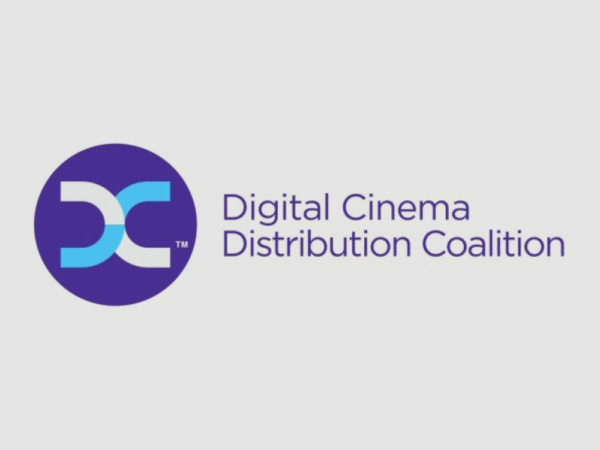Always, but especially now: It feels good to get a check in the mail. Sending out checks with such exceptional timing is the Digital Cinema Distribution Coalition (DCDC), which has reached the point of being able to offer rebates to all of its customers.
Launched in 2013, DCDC utilizes a network of satellites to deliver films, trailers, and special events to theaters across the United States. Run by CEO Randy Blotky, DCDC counts as its clients both exhibitors (over 345) and content providers (over 55); the DCDC network enables these companies to deliver and receive content as encrypted digital files, a big step up on ease and a step down on cost from the old method (still used by DCDC in some theaters where an appropriate signal isn’t available) of shipping hard drives.
“We started [as] the low-cost option from the get-go” for content delivery, explains Blotky. Its goal was always to drive the cost of delivery “asymptotically to zero over time.” It breaks down like this: “We look at the excess post-tax profits of DCDC each year” to see if that number exceeds two million dollars, which is what DCDC needs to stay in operation. Next came paying back DCDC’s founding investors: AMC, Cinemark, Regal, Universal, and Warner Bros.. After that, if there was still money in the coffers, it was time to start cutting rebate checks, distributing profits back to their customers. As of March 2020, that time has finally arrived.
Though a group of five larger companies founded DCDC, Blotky is very clear in his desire to be fair to all DCDC’s customers, big or small, when it comes to issuing rebates. To that end, the formula DCDC uses to determine rebates takes into account a pair of key figures, weighted equally: What percentage of DCDC’s revenue a company has generated over time, and what percentage of DCDC’s revenue they’ve generated in the last year. The result is a “reward for longevity” as a DCDC customer as well as “credit for signing on.”
Blotky always intended that DCDC’s post-tax revenue, when it reached a certain amount, would go back to the industry. But the customers themselves weren’t always so confident. This skepticism led to some “dramatic” reactions upon the delivery of an unexpected check. “We’ve got exhibitor and content provider customers calling up and saying, ‘We’re so surprised by this! Does it actually say that in my contract? We actually get money back? How can that possibly be?,” says Blotky. A small content provider, he recalls, rang him up after receiving their rebate: “It’s a relatively small amount of money. But I guess, for them, it was a large amount of money. And they said, ‘Randy, this is too much money. Where did this come from? We’ve only given you a couple of films over the last year.’ Yeah, but you’ve been with us from the beginning, and over that period of time you’ve given us a lot of films. All of that counts. It’s all weighed in.”
“There are substantial checks going out to people who’ve been with us from the very beginning,” Blotky notes, and even to customers who have joined more recently. And the checks will continue to go out on a rolling basis—though the closure of theaters in the United States “will definitely have an effect on things.” No open theaters means no deliveries, which means less revenue for DCDC and fewer rebates for its customers. What remains to be seen, says Blotky, is whether that dip will be short enough that “a flood of new films entering the marketplace” in the latter part of 2020 will compensate for the lack of deliveries during the shutdown period. “It’s too early to tell” what will happen, says Blotky, but “we’ll eventually be OK.”
With one goal ticked off the list, Blotky has his eyes on another. Currently, DCDC’s satellite network delivers to 2,986 sites. Early on, Blotky set 3,000 as the number of sites at which he would probably take a step back and look at making key improvements. Down the line, the plan is to evaluate “upgrad[ing] the units in the field to be better, faster, [with] more storage, and—if we do it right—hopefully cheaper than what we made when we first started six and a half years ago. Secondly, we will begin the process of implementing other kinds of modalities of content delivery,” ideally utilizing both advances in terrestrial and in satellite technologies—including low- and medium- earth orbit satellites and flat panel antennas—to more efficiently and effectively deliver different types of content (e.g. feature motion pictures, live events, and e-sports content) to cinemas around the country.



Share this post